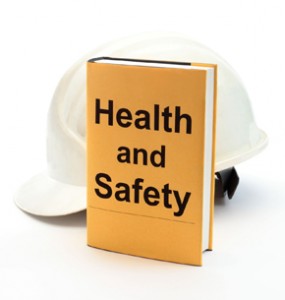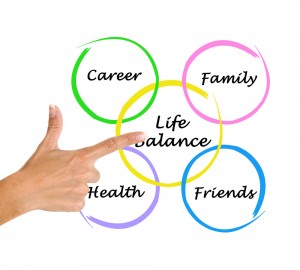 You know that exercise does your body good, but you’re too busy and stressed to fit it into your routine. Hold on a second — there’s good news when it comes to exercise and stress.
You know that exercise does your body good, but you’re too busy and stressed to fit it into your routine. Hold on a second — there’s good news when it comes to exercise and stress.
Virtually any form of exercise, from aerobics to yoga, can act as a stress reliever. If you’re not an athlete or even if you’re downright out of shape, you can still make a little exercise go a long way toward stress management.
via Exercise and stress: Get moving to manage stress – Mayo Clinic.









